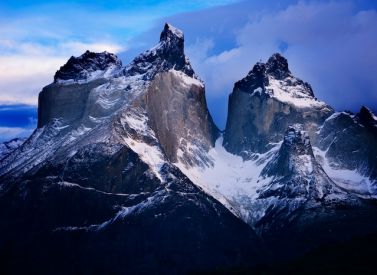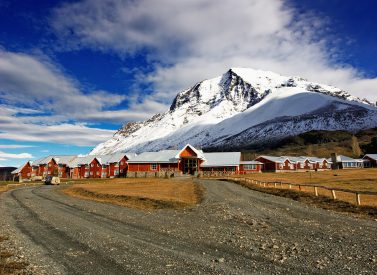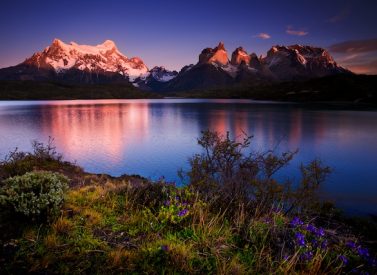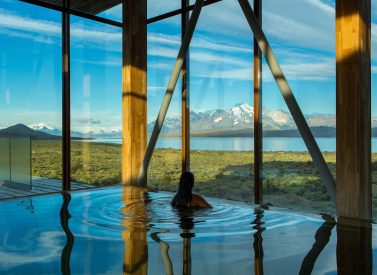
Torres del Paine Tour: EcoCamp Patagonia
Hiking and Wildlife on our Torres del Paine Tour at EcoCamp Patagonia.
This Torres del Paine tour in Chile’s most famous national park offers the adventurer a variety of hikes so you can fully explore this unique region.
The Torres del Paine National Park, well known for its granite spires, lakes and glaciers, has many hiking trails of differing difficulties suitable for all. Long hikes, short walks, flat treks and steep tough days in the mountains—you choose.
Our Torres del Paine tour also boasts an incredible variety of wildlife from the majestic Andean condor, guanaco, rhea, plus the elusive pudu (small deer) and puma.
This holiday, which can last 4, 5, 6, or 7 days, offers you the opportunity to hike the trails of Torres del Paine National Park in comfort, including airport transfers, accommodation, all meals, and a choice of daily hikes, boat trips, horse riding, and other activities.
More on the Torres del Paine tour
Programmes range from 4 to 7 days at the EcoCamp Patagonia, a geodesic dome hotel in a spectacular setting.
Accommodation is in comfortable domes. All meals are included, and special dietary requests can be catered for.
Fixed-time, shared transfers are included to and from Punta Arenas airport, as well as a scheduled bus ticket between El Calafate in Argentina and Puerto Natales, plus a transfer to the EcoCamp.
There is a daily choice of 3 activities of different degrees of difficulty. These are small group guided excursions with a maximum of 16 people. The choice is dependent on the day of the week as per a fixed calendar.
Whilst on the trails, you will have the opportunity to spot some of the park’s incredible fauna.
Some of the birds you might want to add to your bucket list are: Darwin’s rhea or lesser rhea (Rhea pennata), Black-necked swan (Cygnus melancoryphus), Patagonian sierra finch (Phrygilus patagonicus, Ringed kingfisher (Megaceryle torquata), Southern crested caracara (Caracara plancus) and of course the majestic Condor (Vultur gryphus).
This Torres del Paine tour fits around what you want to see in the park. Alternatively, try the longer 7-day Paine W, the Express 5-day Paine W, or the 9-day Paine O Circuit trek, all of which pass through the EcoCamp Patagonia.
Trip Highlights
Print Share Download as PDF-
Hike the trails of the Torres del Paine National park.
-
Guided small group hikes, treks or navigation.
-
Choice of daily activities.
-
Unique accommodation in spectacular setting.
-
Incredible opportunities to spot wildlife
-
Arrive any day of the week in season.
Ecocamp was beyond expectations.
We had a marvelous time.
Kyra, 2019
Full Itinerary
Day 1: Shared transfer to the Eco camp. Overnight. (L,D)
This Torres del Paine tour starts in Punta Arenas, Puerto Natales, or El Calafate, with various pick-up times and points. There is a morning and afternoon transfer available in Chile, and the included lunch may be a boxed lunch, depending on your arrival time.
Punta Arenas (AM transfer): From hotels or the airport for flights landing before 11am. Drive to Puerto Natales for lunch, then onward (3.30pm departure) to the Eco-Camp, arriving around 5.30pm.
Punta Arenas (PM transfer): From hotels or the airport for flights landing between 11am-3pm, with lunch in Punta Arenas. Drive to Puerto Natales, then onward (6pm departure) to the Eco-Camp, arriving around 8pm.
From El Calafate: Make your own way to El Calafate bus station and take the morning bus (07.00 approx., included in the trip price) from El Calafate to Puerto Natales. Meet group for lunch, and take the private transfer into the Eco-Camp.
Torres del Paine EcoCamp
The EcoCamp is located in the world-famous Torres del Paine National Park.
During the summer, the sun sets around 23.00, so as we drive in there is plenty of light lingering so we can admire the Patagonian steppe, with its resident guanacos and snow-peaked mountain horizon.
Check in and settle into your standard, superior or suite dome.
A 3-course dinner awaits in the community dining dome, followed by a chance to make new friends in the bar.
Driving: 400 km / 250 miles / 5-6 hrs driving.
Family policy
Child policy: Minimum age 6.
Children 6 to 9 may participate in nature walks.
Children 10 to 12 may participate in trekking excursions, but the family must hire a private assistant guide.
Children aged 12 and up are welcome to participate in all activities and are treated as adults.
Days 2-4: Choice of activity. Overnight. (B,L,D)
Choice of activities on Torres del Paine tour:
Monday:
Sarmiento & Sarmiento Chico Lakes, easy, walking 2 hours, 4km/2.5 miles.
Trek to the Base of the Towers, challenging, walking 9 hours, 22km/14 miles.
Pehoe Lake Crossing and French Valley trek, challenging, walking 6 hours, 18km / 11 miles.
Tuesday:
Western Lakes drive plus Lake Grey glacier sailing, easy, walking time 1 hour, 0.8 km/0.5 miles.
Western Lakes drive plus Cerro Ferrier hike, challenging, walking time 4 hours, 12km/7.5 miles.
Lazo Weber hike, challenging, walking time 5 hours, 12km/7.5 miles.
Wednesday:
Estancia Day & Horse Riding, easy, two hours horse riding over 6 km/4 miles.
Trek to the Base of the Towers, challenging, walking 9 hours, 22km/14 miles.
Hiking to Laguna Inge and Cuernos Pass, moderate, walking 6 hours, 18km/11 miles.
Thursday:
Sarmiento Lake & Fauna Trail, easy, walking time 5 hours, 10km/6 miles.
Trek to the Base of the Towers, challenging, walking 9 hours, 22km/14 miles.
Pehoe Lake Crossing and French Valley trek, challenging, walking 6 hours, 18km/11 miles.
Friday:
Western Lakes drive plus Lake Grey glacier sailing, easy, walking time 1 hour, 0.8 km/0.5 miles.
Western Lakes drive plus Cerro Ferrier hike, challenging, walking time 4 hours, 12km/7.5 miles.
Lazo Weber hike, challenging, walking time 5 hours, 12km/7.5 miles.
Saturday:
Sarmiento & Sarmiento Chico Lakes, easy, walking 2 hours, 4km/2.5 miles.
Trek to the Base of the Towers, challenging, walking 9 hours, 22km/14 miles.
Pehoe Lake Crossing and French Valley trek, challenging, walking 6 hours, 18km/11 miles.
Sunday:
Wild horse tracking, easy, walking time 6 hours, 8km / 4 miles.
Salto Grande Waterfall & Condor Lookout, easy, vehicular excursion.
Hiking to Laguna Inge and Cuernos Pass, moderate, walking 6 hours, 18km/11 miles.
Breakfast and dinner at EcoCamp, box lunch on excursion.
Overnight in chosen dome.
Child policy
- Minimum age 6
- Children 6 to 9 are welcome to participate in nature walks.
- Children 10 to 12 may participate in trekking excursions, but the family must hire a private assistant guide.
- Children aged 12 and up are welcome to participate in all activities and are treated as adults.
Day 5: Shared transfer to Puerto Natales or Punta Arenas. (B,L)
Early this morning we wake up, pack up our belongings and drive out (departure time between 8-10am).
Puerto Natales airport or hotels: Arrive between 10am-noon
Punta Arenas airport: Arrive after 1-1.30pm. Book flights departing 14.30 or later.
Punta Arenas hotels: Arrive 1-2pm.
For El Calafate: Private transfer from Eco-camp to Cerro Castillo to catch the morning public bus to El Calafate (bus and transfer included in tour price), arriving around 2pm.
Note: Longer durations of 5, 6 or 7 days are possible. Please consult about your ideal Torres del Paine tour.
Prices From $1,671 / £1,359 per person
What's Included?
Lodging in Standard, Superior or Suite Dome; Scheduled bus tickets El Calafate<>Natales if starting/finishing in El Calafate; All ground transport as indicated in the itinerary; English speaking guide. Guide ratio 1:6. Max. group size: 16 people; Torres del Paine National Park entrance fee; Boat ticket for crossing Grey Lake* and/or Pehoe Lake; House wine with dinner; Meals: Day 1: Lunch/Box Lunch, Dinner, days in between: Breakfast, Box Lunch, Dinner, last day: Breakfast, Box Lunch.
What's Not Included?
Flights, Insurance, Drinks not served with meals, Tips, Extras
Accommodation
Standard dome
10m²/108ft²
Large double or two single beds. The skylights provide warmth from sunlight during the day and allow you to look up at the stars as you fall asleep. Heated with a radiator, plus cozy and snug with fleece blankets. Shared toilet and shower facilities are a short walk away. Same sex shares available for the solo traveller.
Superior dome
23m2/250ft2
Each Superior Dome has comfortable queen-size or twin beds, a propane heater and a private bathroom with a sophisticated composting toilet. Electricity is very limited inside the domes, meaning hairdryers are not permitted, but laptops and cameras can be charged.
Decorated in the local Patagonian style and designed after the “leave no trace” dwellings of the ancient Kaweskar tribe, each spacious Suite Dome measures a comfortable 28m²/ 300 ft².
Suite dome
28m2/300ft2
It comes with a cozy double bed or twin beds, a private bathroom with hot water and a state-of-the-art composting toilet, a modern low-emission wood stove, a safe box for valuables and locally-made decorations.
Tour Staff
The EcoCamp staff are a mix of guides, cooks, assistants, maintenance staff, drivers, housekeepers and administrators. Most are from Puerto Natales (180 km) or Punta Arenas (330 km).
The guides are mainly locals who have grown in this stunning environment. They are enthusiastic, environmentally-conscious trekking enthusiasts who love their job and can be counted on for knowledge.
Meals
All meals are prepared onsite using fresh, locally-sourced ingredients.
Breakfast and dinner are served in the dining dome. Here you will also prepare your lunch box for your excursion.
Breakfast is served buffe3t style whilst dinner is a 3 course meal. Emphasis on Chilean and Patagonian cuisine and ingredients.
Special meal requests are catered for including vegan and gluten free.
Activity Level
There is a choice of three daily activities.
At least one of the activities will be easy or easy to moderate and another medium to difficult.
The choice is yours.
Practical Information
Introduction to Patagonia
For most people, Patagonia evokes a vast, windblown plateau, jagged mountains and the life of the gauchos.
The steppe that occupies much of southern South America is only one aspect of a magical region, jam-packed with amazing and contrasting landscapes.
Patagonia (latitudes 40°-55°, approximately) embraces a vast portion of southern Chile and Argentina, from the Rio Colorado in the north, to Tierra del Fuego in the south.
For convenience, we have divided the region into three zones: the Lakes District of northern Patagonian, central Patagonia and southern Patagonia.
Geography of Patagonia
Southern Patagonia (latitudes 49° to 55°), encompassing the southern Andes of Chile and Argentina plus Tierra del Fuego, has an altogether more vertical aspect than the rest of Patagonia.
As the continent tapers towards its southern point, the Andes take on new characteristics and offer some truly impressive panoramas.
Much of southern Patagonia is characterized by virgin landscapes where man’s hand has either not been present or, because of the scale of the landscapes, goes almost unnoticed. To the west of the semi-arid Patagonian plateau, mile-high granite spires – e.g. Cerro Torre and Fitzroy in Argentina and the Torres and Cuernos del Paine in Chile – rise abruptly from the Andean foothills, while vast blue glaciers, fringed by southern beech forest, gouge out thevalleys below.
At the heart of these magnificent landscapes lies the South Patagonian Ice Field, an utterly remote icy wilderness spanning hundreds of kilometers, whose glaciers – including the Perito Moreno and Upsala – are tens of kilometres long by severalkilometers wide.
Also characteristic of the southern Patagonian Andes are its turquoise, iceberg-filled lakes. To the west lies the southern portion of the Chilean Archipelago, comprising snow-capped islands and fjords.
Across the Magellan Straits from mainland Patagonia lies Tierra del Fuego which, like the rest of Patagonia, is divided between Argentina and Chile.
The north and east of Tierra del Fuego is flat, but flanking the Beagle Channel in the south, the tail end of the Andes provide very dramatic mountain scenery.
The Lake District (latitudes 40° to 45°) or the Araucania, is a region of dramatic conical volcanoes, evergreen, high-canopy forests and, of course, lakes.
It straddles the Chile-Argentine border, and also takes in Chiloe island, in the extreme north of the Chilean Archipelago. This region stretches from Temuco in the north to Chiloe in the south.
Central Patagonia (latitudes 45 to 49) is one of South America’s best-kept secrets. The vast wilderness area can be divided in two:
- The dry band of Andean foothills and wind-blown plateau lying on the Argentine side of the Andes. This remote area is traversed north to south by a gravel highway known as the Ruta Cuarenta (Highway 40).
- The Chilean portion to the west of the Andean watershed, often referred to as the Careterra Austral (after the little-used gravel highway that crosses it from north to south).
This huge region, embracing the sparsely-inhabited southern Araucaria and Aisén Region, features temperate rainforests, snow-peaks (often extinct volcanoes), lakes and, to the west, the Chilean Archipelago: a labyrinth of fjords and mountain-islands. This, the Chilean portion of central Patagonia, boasts the northernmost of Patagonia’s many giant, sea-level glaciers.
The San Raphael Glacier, probably this region’s most famous landmark, is an immense hanging glacier whose seracs calve into an iceberg-filled lagoon.
Find out more about Patagonia with our blog about its wildlife.
Kit list
Good kit is vital for every trip.
Book with Andean Trails and get 15% off Páramo’s fantastic ethical and high performance outdoor gear.
Overview
When planning for the varied climatic conditions encountered in Paine, layering is the most practical and versatile clothing system. It’s worth remembering that our clothing keeps us warm by retaining and isolating the heat we ourselves create.
To best maintain body heat, several layers of lightweight, warm and quick-drying clothing are far more efficient than one or two thick layers. Layers should have the following qualities:
- Breathability (able to wick away the humidity produced by sweat):
- Isolation (able to keep in the warm air our body produces); and
- Impermeability (able to impede the passing of wind and water).
First (base) layer: This layer wicks the sweat away from our skin, thus helping keep the body dry and warm. To this end, synthetic fabrics such as polypropylene should be used.
Mid layers: These isolating layers should also be synthetic (e.g. the known polar linings such as polartec or windblock, which are light and insulate twice as well as wool). Very important layers for retaining body heat.
Outer layer / shell: Finally, the vital layer which protects us from climatic adversities. A breathable, wind-proof and waterproof anorak, such as Goretex.
Give plenty of thought to kit selection, and try to keep weight down.
We also carry an extensive first aid kit & oxygen on all trips, but these are generally for emergencies only.
Below is a more detailed kit list.
Detailed kit list
- 2 pairs synthetic inner socks (e.g. polypropylene, thermastat, coolmax) and 2 pairs thick loop-stitch/wool socks for cold.
- Trekking boots – should be well broken-in, waterproof and provide good ankle support.
- Trainers/sandals for city-wear, evenings at lower camps & river crossings.
- Base layer leggings (1 pair).
- Thick fleece leggings (or salopettes) (1 pair).
- Goretex-type over-trousers (or salopettes) (1 pair).
- Gaiters (optional).
- Trekking trousers (2 pairs).
- Shorts – wear sparingly in early stages at altitude, as sun burns.
- Thermal base layer shirts (2).
- Microfleece mid-layer shirt (1).
- Shirt/t-shirt 1 or 2 for lower altitudes. Long-sleeved, collared shirt protects against sun
- Fleece jacket or similar (1).
- Warm jacket (down or synthetic). For camp and upper slopes.
- Waterproof Goretex-type jacket.
- Broad-brimmed sunhat, essential.
- Warm hat, fleece or wool. (N.B. Up to 30% of body heat can be lost through the head).
- Sunglasses with UV filter.
- Scarf for cold.
- Bandanna – to protect neck from strong sun.
- Light inner gloves.
- Swimming suit of hotel has a pool.
- Warm gloves, e.g. fleece, and outer waterproof gloves or mittens (1 pair)
- Mittens allow you to keep the fingers together, and better conserve heat (though they also make it difficult to perform certain tasks).
- Daypack (at least 30 litres). Comfortable and with waterproof lining or cover.
- Large rucksack or suitcase.
- Pair of telescopic trekking poles (optional).
- Water bottle (2 litres approx.) & purification tablets.
- Personal first-aid kit to include: painkillers, plasters (band-aids), moleskin, anti-biotic cream, general antibiotics (ask your GP), after-bite (tiger balm), anti-diarrhoea tablets, throat lozenges, re-hydration salts & personal medication.
- Insect repellent.
- Towel & wash-kit.
- Wet Wipes/antiseptic hand-wash cream.
- Toilet paper (1)
- Sunscreen (factor 30+) and lip salve.
- Head-lamp (plus spare bulb and batteries).
- Penknife.
- Travel alarm clock.
- Plastic bags – ‘Zip-loc’ & tough bin liners.
- Camera and film / memory cards (take at least twice the amount you think you will need!).
- Book, e-book, mp3 player/ipod or other for free time.
- Binoculars.
- Spanish/English phrasebook.
- Extra snacks i.e. cereal bars or favourite chocolate bars.
Miscellaneous others
- Money belt.
- Passport.
- U.S. dollars cash, mixed-denomination notes, undamaged and unmarked.
- ATM cash/credit card.
- Any inoculation certificates.
- Personal & medical insurance certificates.
- Presents e.g. Postcards from home.
- Comfortable clothes for travel, smart clothes for night life.
Weather
Chilean Patagonia, in the south of the country, has a climate with lower temperatures compared to the rest of Chile.
Lake District and Patagonia
It can be better to go in the Austral summer (Oct-March). Daylight hours are much longer at this time, with Nov-Feb being popular times to visit. October and March can be very colourful and vivid with less visitors, but weather can be more blustery.
In Patagonia, the weather is, putting it mildly, variable, and variable on a daily basis. It is usually cool and windy all year round but seldom does the temperature fall below freezing point. Some days start with snow and end in balmy sunshine. It is always interesting, and can range from 10°C-20°C in the summer, although the wind can make it feel chilly.
The vast unbroken stretch of ocean to the west and south of the South American continent leaves the Patagonian Andes very exposed to the saturated winds that circle the Antarctic landmass. Also the South Patagonia Ice field influence makes the weather hard to predict. In spring or early summer fine weather may deteriorate almost without warning, bringing rains and eventually snow. Even in summer (Dec-Mar) you should come prepared to find cold, strong winds (up to 130 km/hr) and rainfalls. The summer’s average temperature is 11ºC/52ºF (24ºC max, 2ºC min).
Winter visits to these southern areas are possible, but many hotels close and not all trips are possible. Daylight hours can be very short, but the lack of visitors can greatly improve chances of seeing wildlife in parks such as Paine.
The Lake District’s temperate climate can be said to resemble that of the UK, with rain possible but also enjoying long spells of fine, fresh weather in the summer (Oct-March).
ATOL holiday protection
Andean Trails has 25 years of experience of putting together the best South America holidays.
We pay a fee to the CAA for every licensable passenger we book since we hold an Air Travel Organiser’s Licence granted by the Civil Aviation Authority. In the unlikely event of our insolvency, the CAA will ensure that you are not stranded abroad and will arrange to refund any money you have paid to us for an advance booking.
We also offer ATOL (Civil Aviation Authority) protected holidays to give our customers peace of mind when booking and travelling.
When you buy an ATOL protected air holiday package from Andean Trails Ltd you will receive a Confirmation Invoice from us confirming your arrangements and your protection under our Air Travel Organiser’s Licence number 6275.
You can read more about ATOL, who is covered and what protections you have if not ATOL-covered, on our ATOL page.
What is ATOL?
The CAA’s ATOL scheme offers protection to your money and your holiday if you book with us. Not everybody is covered (see ‘Who is covered?’ for more), as you must purchase an ‘air package holiday’ with Andean Trails to be protected.
And ‘air package holiday’ is defined as including a flight and some ground services (hotel, transfer, trek etc). This is also known as an ‘ATOL-protected holiday’.
Who is covered?
To be covered by ATOL, you must book a flight and some ground services with us and be from the UK. If you are from the UK and only book ground services and no flights, you are not covered by ATOL (see below for more on how non-ATOL clients are covered).
If you are outside the UK and buy flights with us, you will be ATOL protected IF any of the flights booked with Andean Trails touches/stops in the UK at any point during your holiday package booked with us.
If you buy your flights elsewhere, please check with that agent if you are ATOL protected. Be careful with online flight purchases and make sure you know what protection you have, if any, before paying for flights.
Not all holiday or travel services offered and sold by us will be protected by the ATOL scheme. Please ask us to confirm what protection may apply to your booking.
For land only holidays not involving any air travel, in accordance with “The Package Travel, Package Holidays and Package Tours Regulations 1992”, all UK passengers booking with Andean Trails Ltd. are fully protected for the initial deposit and subsequently the balance of all money paid to us, arising from cancellation or curtailment of travel arrangements due to the insolvency of Andean Trails.
I’m not ATOL covered, what protection do I have?
If you are not ATOL covered, any payments you make to us go to a Trust account.
We can only access this money once your tour has been completed, meaning that if anything happens to Andean Trails Limited while you are on holiday, then your money is secure and you can either complete the trip or be able to make it home.
If you pay for your holiday with a credit card, some offer payment protection – please check with your cardholder.
You also should have cancellation protection written into your insurance (which we recommend you have at the time of booking) in case you need to cancel.
Chilean Patagonia
Chilean Patagonia is a pristine wilderness of fjords, glaciers, plains, mountains and forests.
Southern Patagonia’s main attraction is the Torres del Paine National park. The granite spires attract many visitors to what some have called the 8th Wonder of the World. The park is a trekkers paradise with two classic treks, the Paine W and the Paine Circuit.
Northern Patagonia, the Aysen region, is one of the least populated parts of the country and is blessed with spectacular countryside.
The main airport is Balmaceda near the city of Coyhaique and must see places include Lake General Carrera and the Marble Caves, The San Rafael Glacier, the Quelat Hanging Glacier as well as driving the Austral Road.
The Futaleufu River is a must for white water enthusiasts.
The region also offers great horseback opportunities as well as kayaking ones. Nature enthusiasts can admire the impressive scenery, imposing glaciers and fascinating wildlife and flora.
Argentine Patagonia
Argentine Patagonia, the southern half of Argentina, is a remote, wind swept land of plains, mountains, lakes and glaciers.
The main airport is at El Calafate which is the gateway to Los Glaciares National Park.
Nearby is the mighty Perito Moreno glacier where you have the opportunity to get up close to the ice on one of the many walkways or on a boat trip.
El Chalten, a 3 1/2 hour drive from Calafate, is the trail head for treks in to the base of Cerro Torre, Fitzroy or for the more intrepid, on to the South Patagonian ice-cap.
Ushuaia, on the Beagle channel, is the southern most city of Argentina. Ushuaia is fascinating for historical interest, is rich in wildlife and is departure port for many Antarctic cruises
Prices From $1,671 / £1,359 per person
2025-26 prices, shared dome basis, 5 days
Longer stays possible (4,5,6,7 days all possible).
Single supplement applies
Low season (Sep 6-Oct 31 & April 1 - May 3)
Standard USD 1,671pp, superior USD 2,513pp, suite USD 2,708pp
High season (Nov 1-Dec 14 & Jan 15-Mar 31)
Standard USD 2,796pp, superior USD 4,161pp, suite USD 4,497pp
Peak season (Dec 15-Jan 14)
Standard USD 3,089pp, superior USD 4,541pp, suite USD 4,990pp

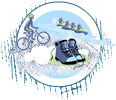
Dates & Prices
Prices From $1,671 / £1,359 per person
2025-26 prices, shared dome basis, 5 days
Longer stays possible (4,5,6,7 days all possible).
Single supplement applies
Low season (Sep 6-Oct 31 & April 1 - May 3)
Standard USD 1,671pp, superior USD 2,513pp, suite USD 2,708pp
High season (Nov 1-Dec 14 & Jan 15-Mar 31)
Standard USD 2,796pp, superior USD 4,161pp, suite USD 4,497pp
Peak season (Dec 15-Jan 14)
Standard USD 3,089pp, superior USD 4,541pp, suite USD 4,990pp
Can’t find what you’re looking for? Get in Touch
+44 (0)131 378 5593
+44 (0)131 554 6025



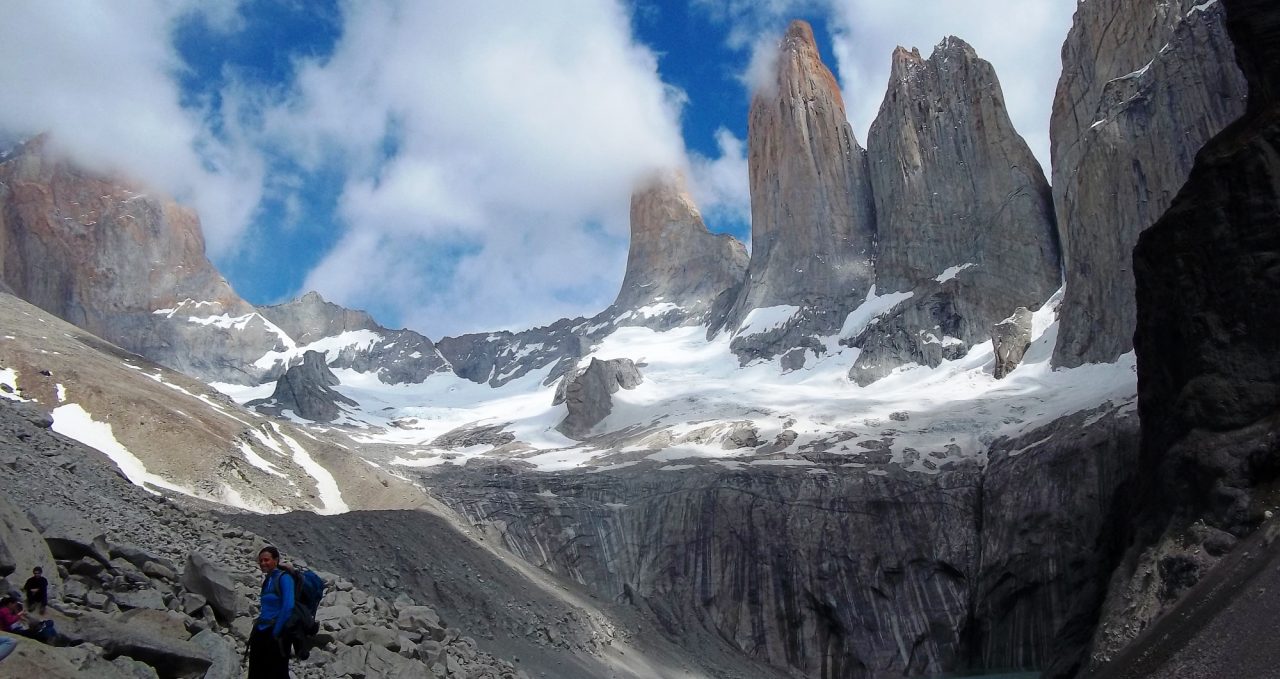
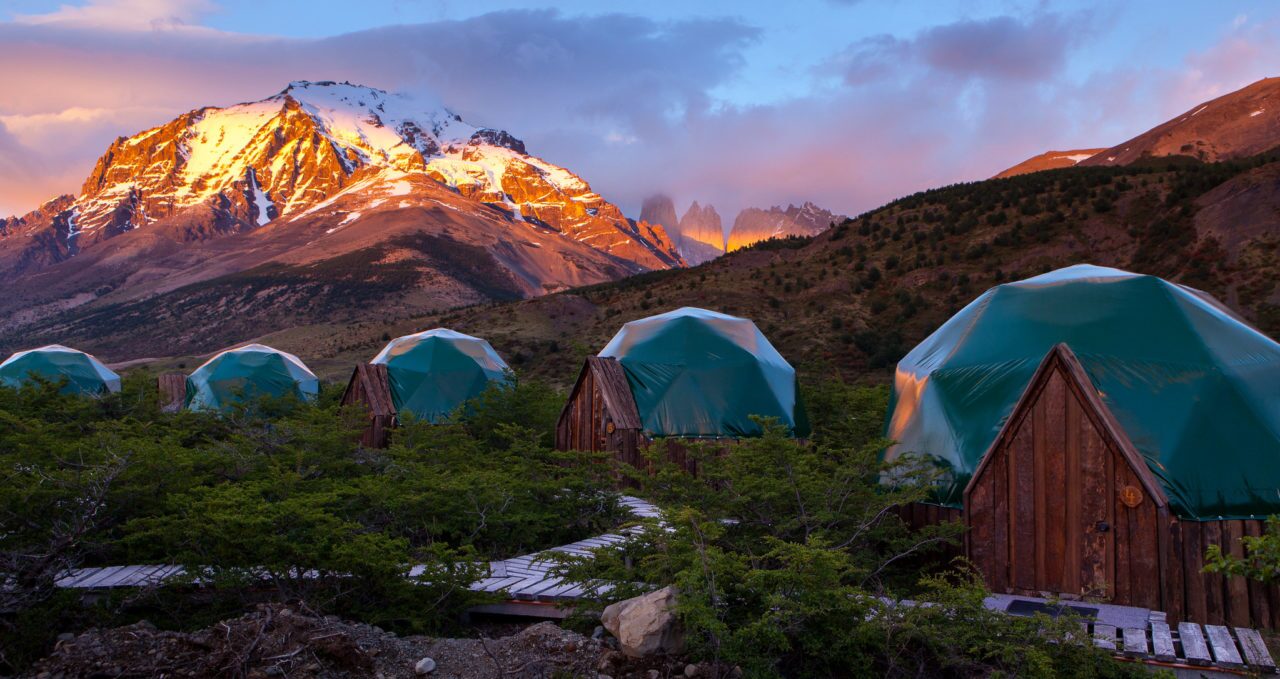
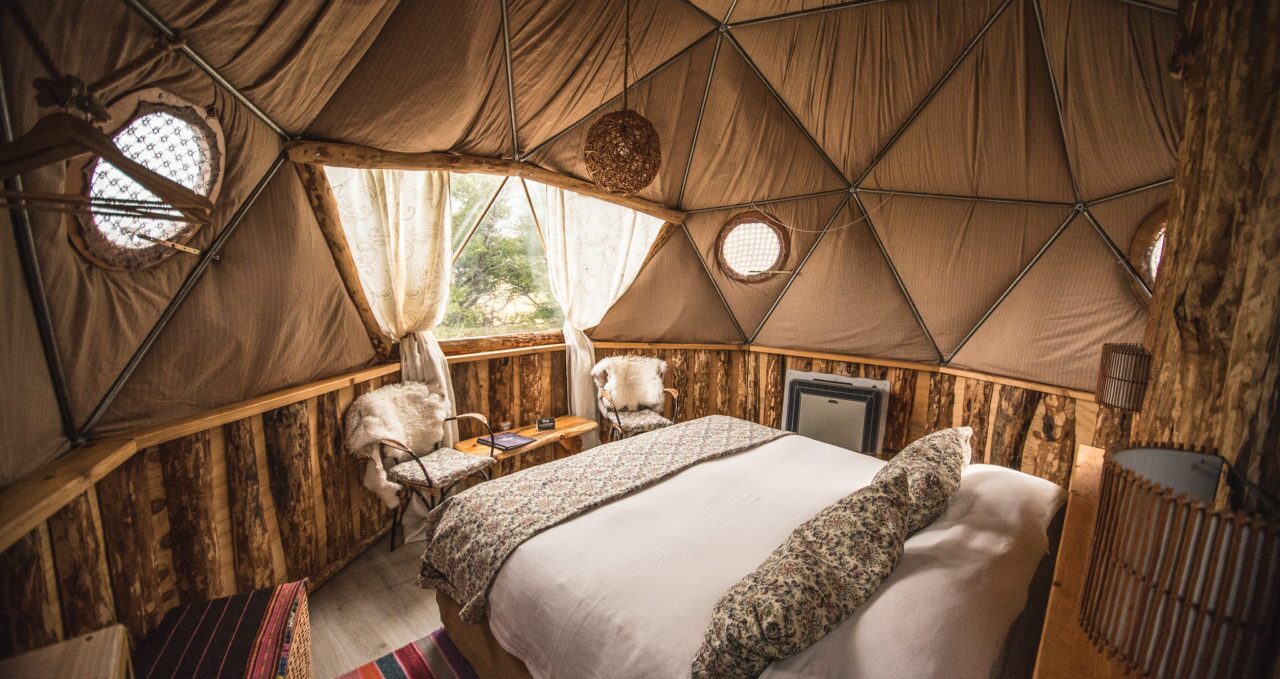
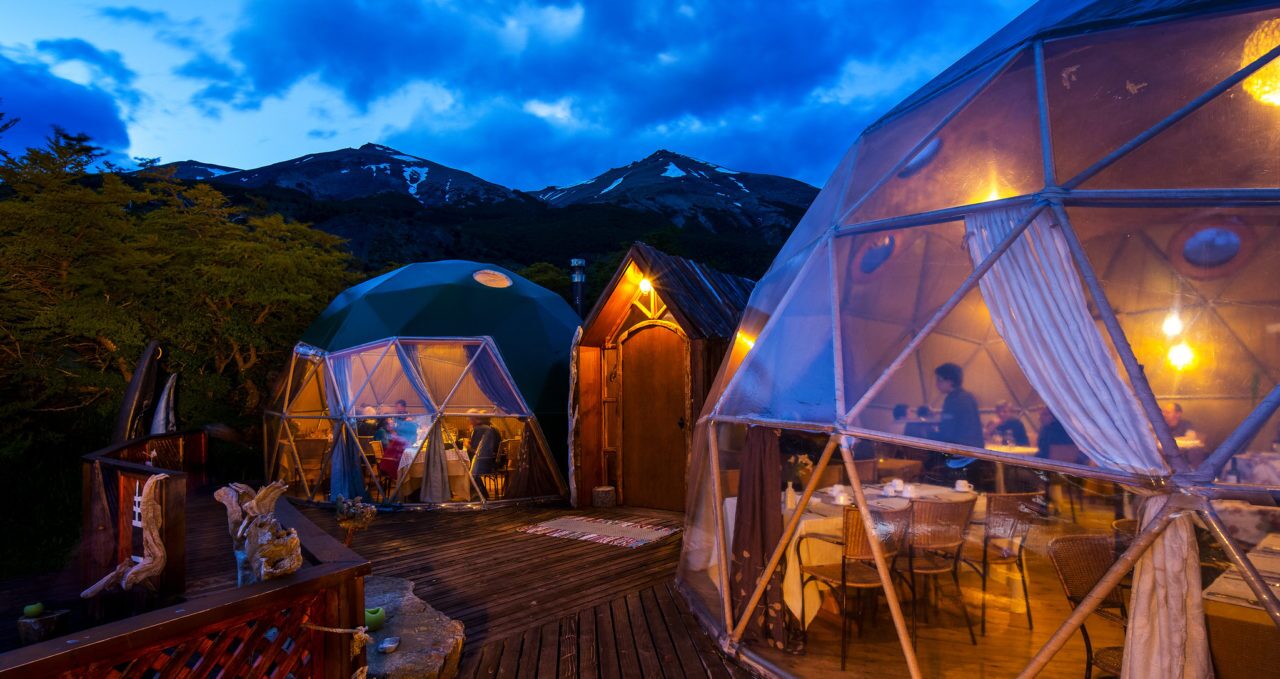
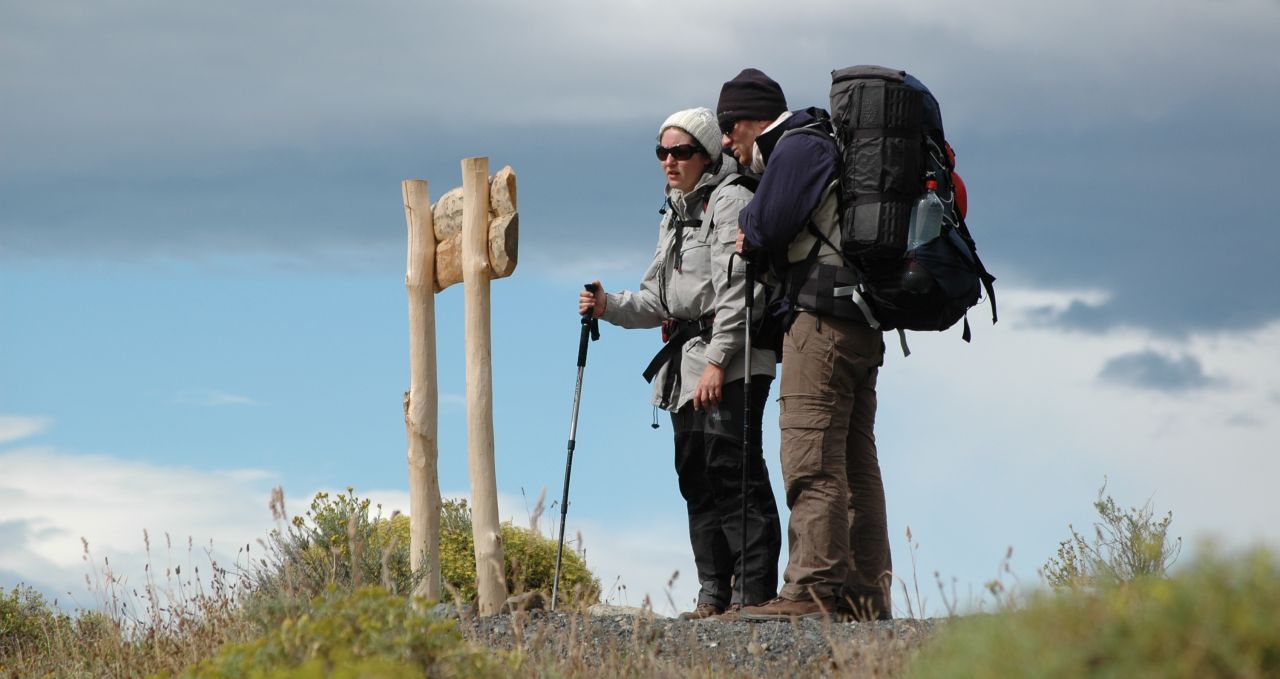
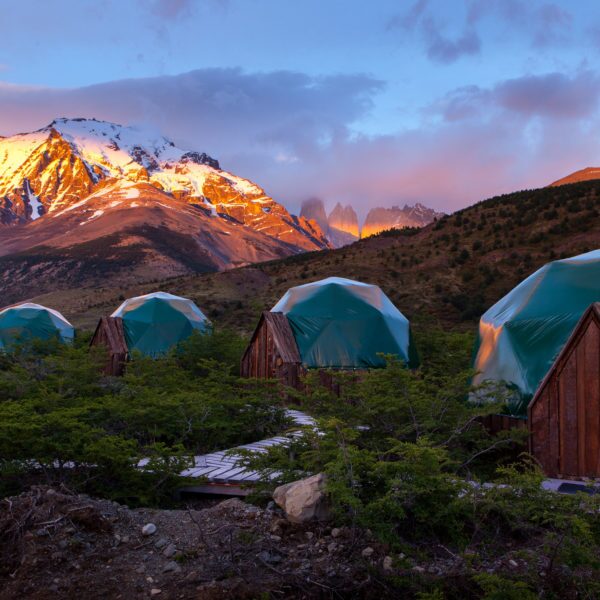
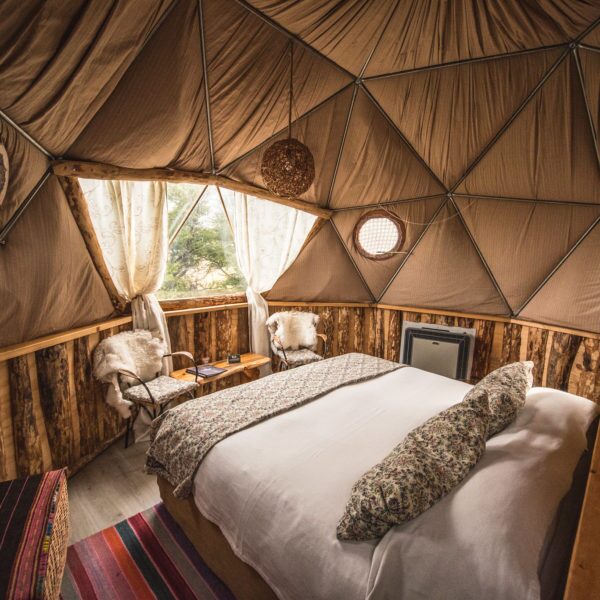
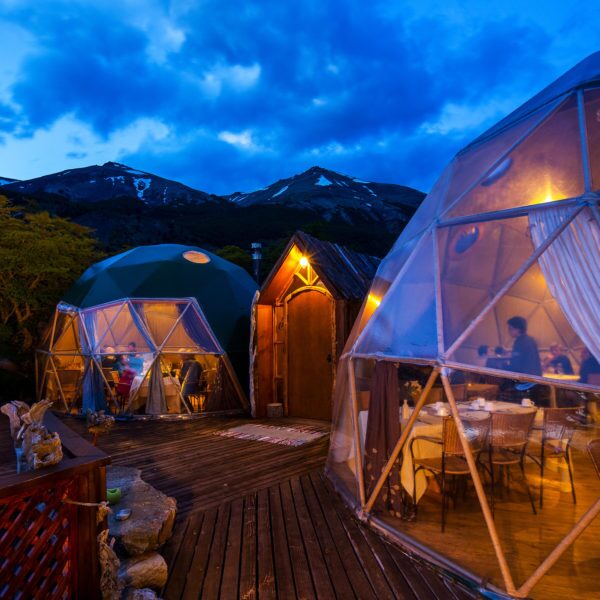
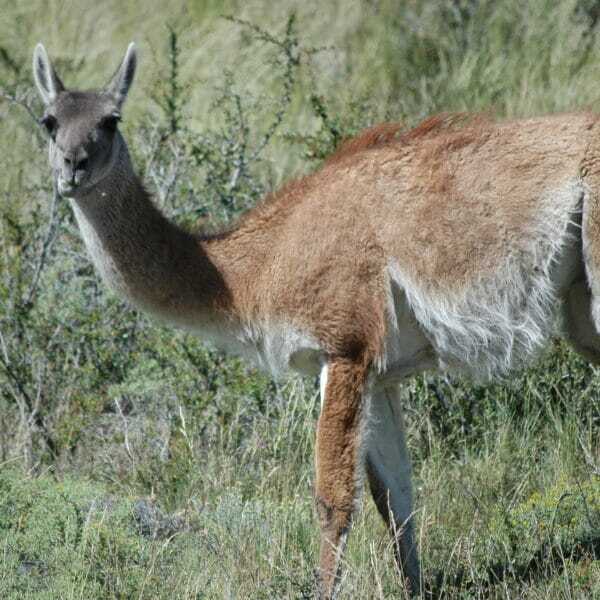
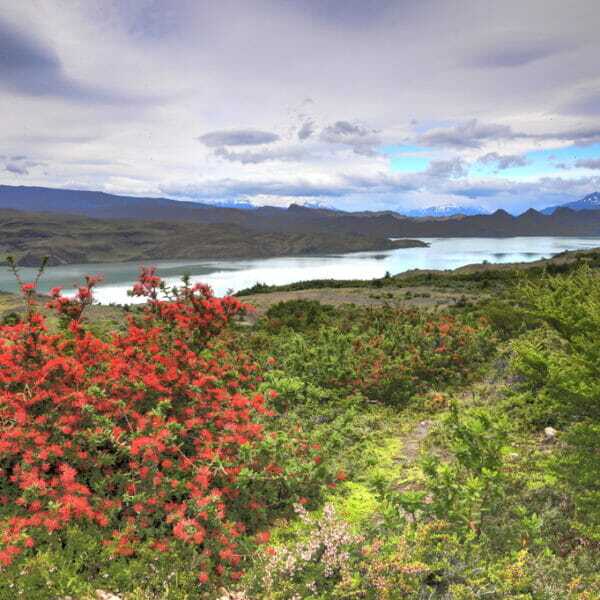
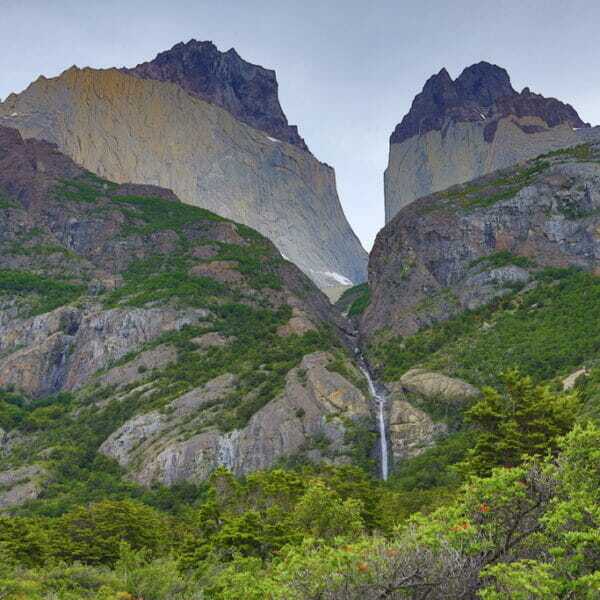
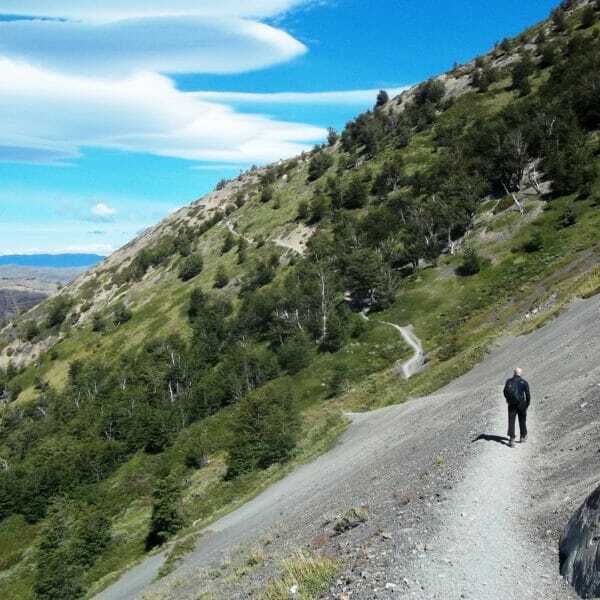
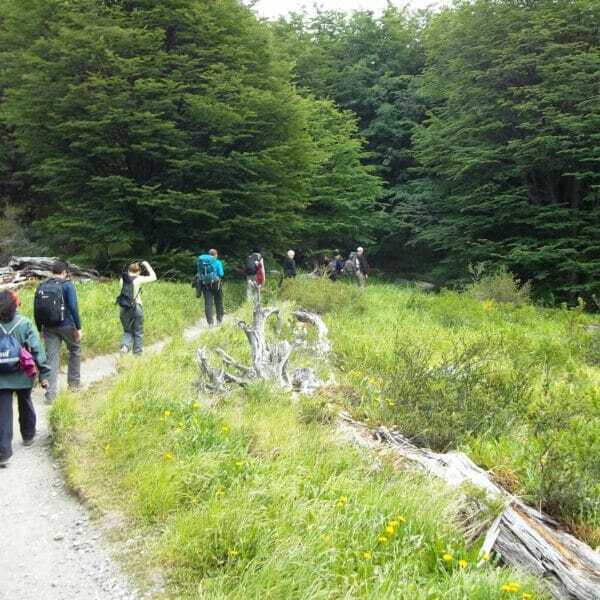
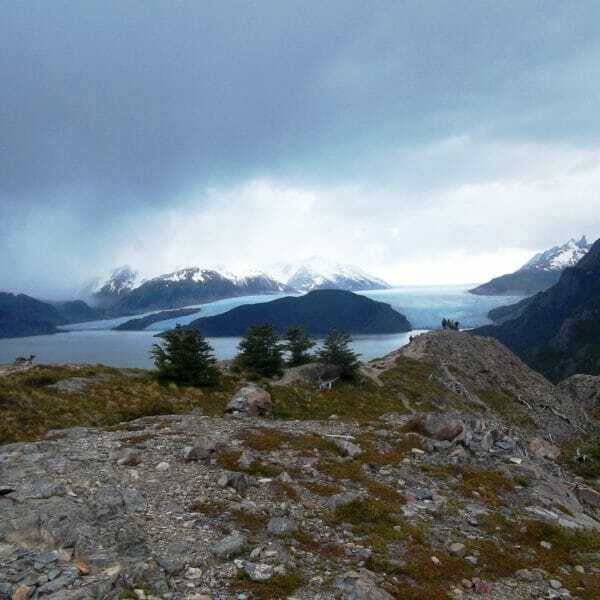
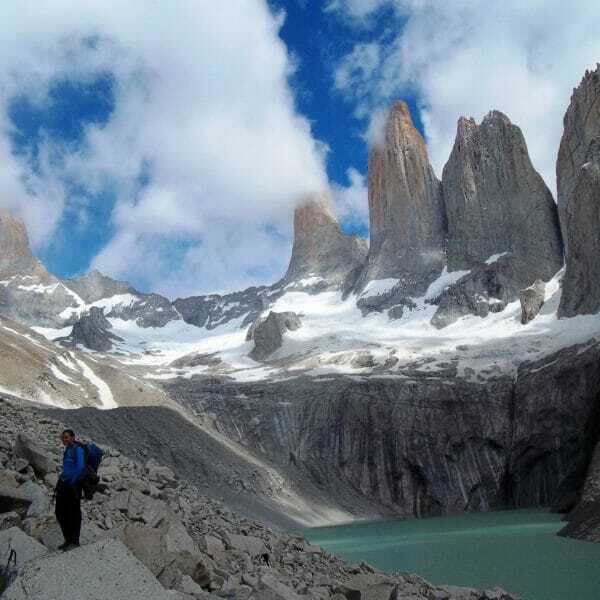
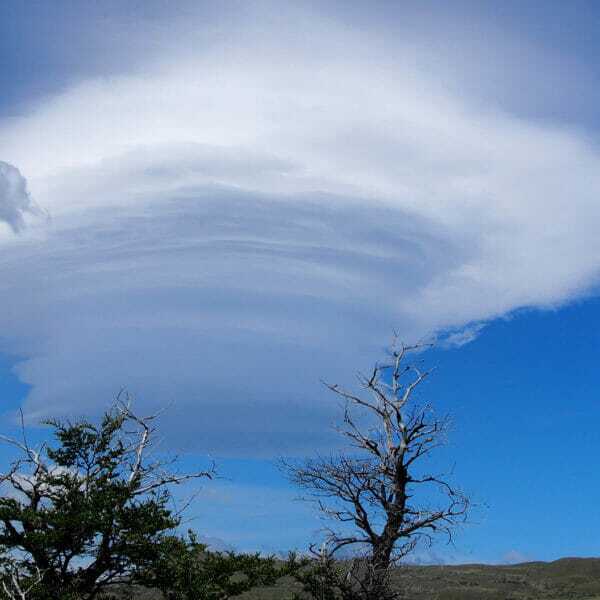
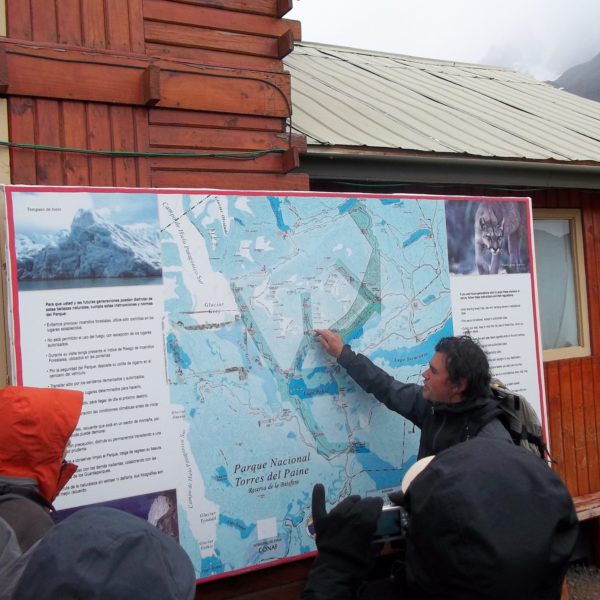
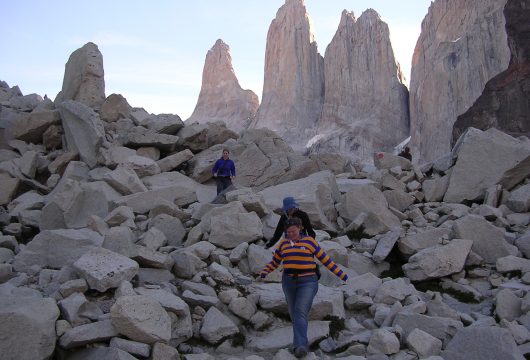
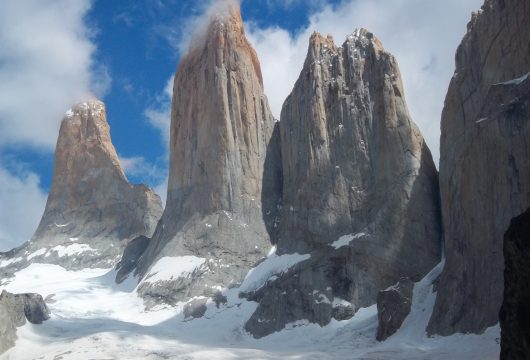
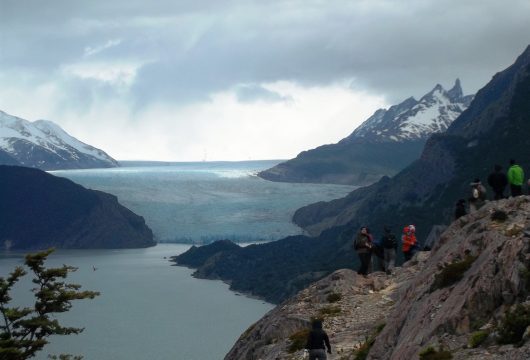
 a Group Tour
a Group Tour  a Tailor Made Tour
a Tailor Made Tour 